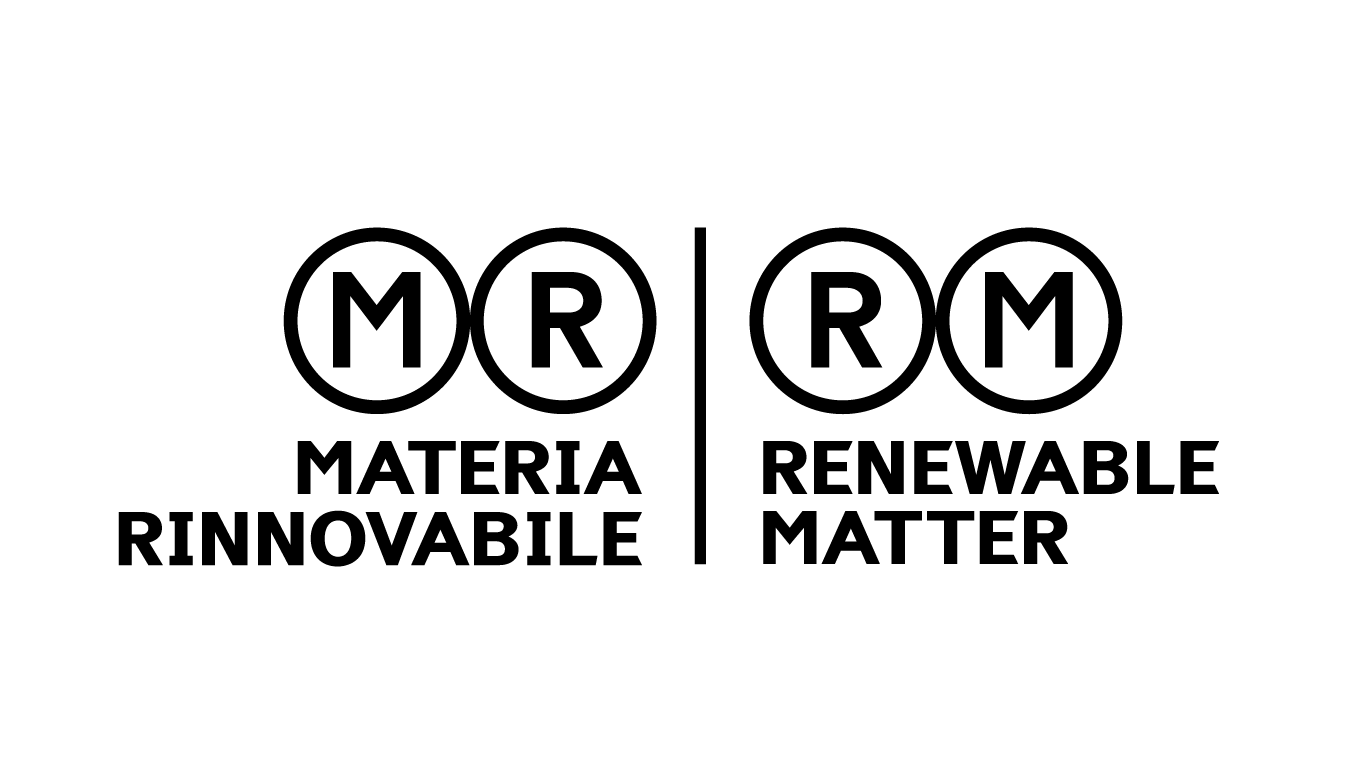
Relatively little attention was paid in the Western media to the BRICS summit held in Kazan, Russia, in 2024. Within the course of that summit, the BRICS Partnership on Carbon Markets was launched through a memorandum of understanding between member countries. The final Kazan declaration referred to the partnership as a platform for discussing “potential intra-BRICS cooperation on carbon markets to exchange views on potential cooperation under Article 6 of the Paris Agreement among the BRICS countries.”
A number of press agencies reported the news, adding that the memorandum would serve as the basis for developing a joint credit generation programme, though this was never confirmed in the official texts.
The 2024 memorandum of understanding subsequently resurfaced in the final declaration of the 17th BRICS summit in Rio de Janeiro in 2025. In it, the focus shifted to possible “cooperative approaches” within BRICS under the Paris Agreement, wording that would seem to refer directly to the establishment of a structured framework for work under Article 6.2 or 6.4 of the Agreement.
Regrettably, the text of the 2024 protocol is not available for consultation. Whether that document referred to voluntary or compliance carbon markets (as in the case of ETS systems), at national or international level, or to all the possibilities mentioned, cannot be determined. However, its survival from one summit to the next suggests a political capital investment that should not be underestimated today, considering the recent structural and methodological developments under Article 6 of Paris and the simultaneous expansion of compliance and voluntary credit and quota trading systems in the countries in question.
With the imminent implementation of European and British border adjustment mechanisms (CBAM), a growing number of countries around the world have rapidly developed ad hoc national regulations to establish industrial emissions trading schemes (ETS), often accompanied – and this is the main innovation – by voluntary national markets for credits. At the start of COP30, eight out of 11 BRICS countries (the five founders plus Egypt, Indonesia and Saudi Arabia) had a voluntary market already in place, and two (Ethiopia and the Emirates) were making their final regulatory preparations.
But how should we interpret these developments? Firstly, not all BRICS countries are new to the carbon credit sector. In August 2025, Brazil, China, India and Indonesia accounted for over a third of all carbon credit projects registered worldwide, generating 36% of the credits traded on the market over the years. China and Brazil were also the countries most involved, at the time, in the Clean Development Mechanism under the Kyoto Protocol. Other BRICS countries are instead entering the sector for the first time, jumping at the potential financial opportunity now that many industrialised countries (including the European Union) seem to be reopening their domestic demand for foreign credits.
The main difference between the various BRICS carbon markets lies in their openness or not to foreign methodologies and registries. Some countries, such as South Africa and Brazil, have developed or are developing standards for converting credits registered with large private registries such as Verra or Gold Standard into national credits. Others, primarily China, do not accept international standards and registries. In particular, China does not accept projects developed by foreign actors or outside its national territory in its system, and this could simultaneously represent a safeguard for investments, capital and returns, but also a significant limitation to intra-BRICS cooperation. Finally, credit prices vary greatly from one market to another, ranging from $14 per credit in Beijing to less than $3 in Indonesia.
For any potential intra-BRICS partnership to work, it would have to start with mutual recognition of registers and standards (at least for certain selected types of credits); safety corridors for prices, which vary so much from one economy to another; and agreed-upon rules regarding the entry of foreign actors into the national market.
COP29 and the subsequent work of the Supervisory Body of Article 6.4 provided the group with an alternative to the difficult path of mutual recognition, technically very complex to implement: Article 6 itself. The BRICS countries might define their own minimum rules for mutual engagement, the lowest common denominator, within the framework of Article 6, and then sign bilateral agreements (Article 6.2) or build multilateral partnerships (Article 6.4), now that such a framework exists.
The launch at COP30 of the Open Coalition for Carbon Market Integration initiative, led by Brazil and focused on harmonising standards between different systems, comes right at the crossroads: these countries now face a decisive choice between complex adjustments towards greater interoperability and a clear investment in the multilateral system (already developed and more transparent) under the aegis of the UN.
Also read: “Intractable” problems? A Door Selection to save carbon credits
Cover: photo by Sergey Bobylev, Photohost agency brics-russia2024.ru


